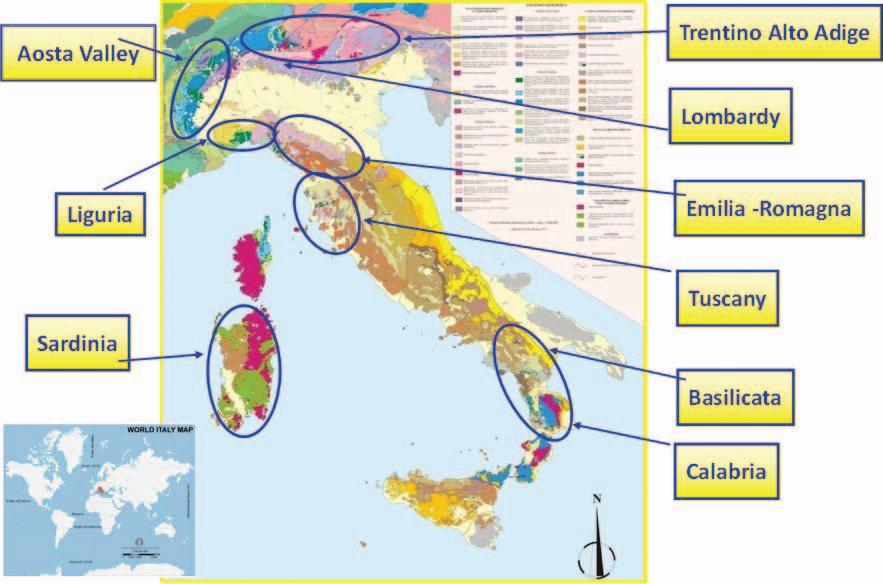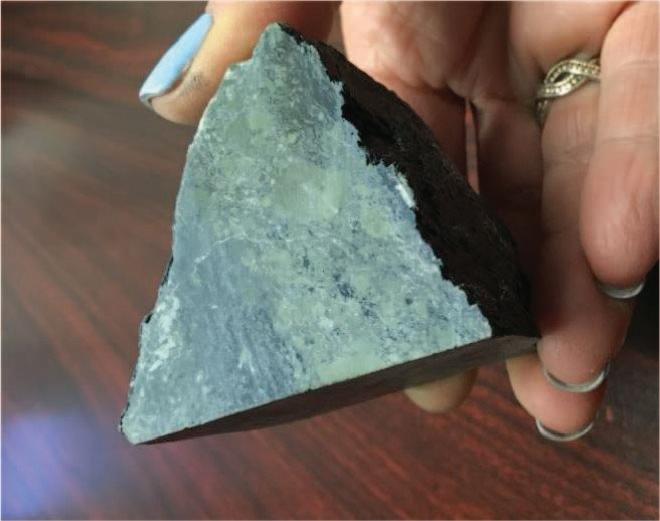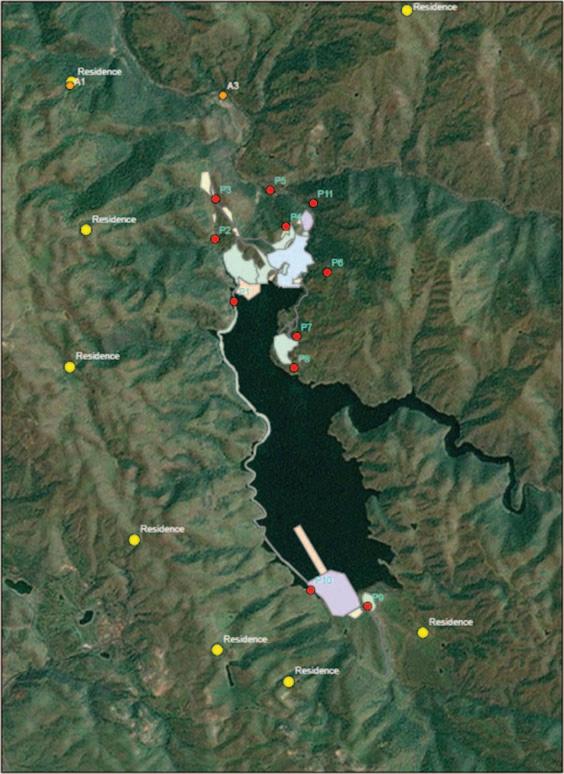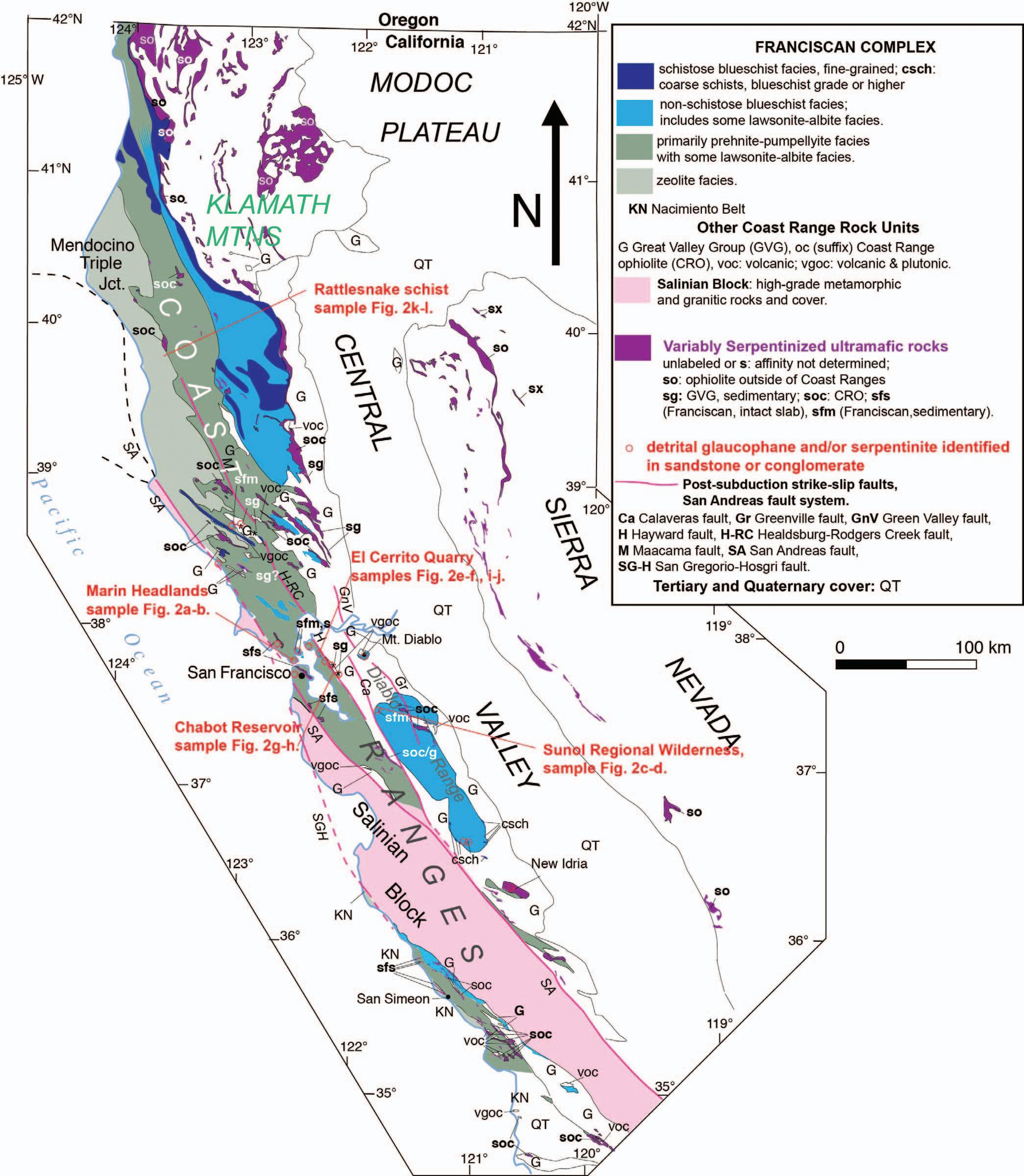Clastic Sedimentary Rocks and Sedimentary Mélanges: Potential Naturally Occurring Asbestos Occurrences (Amphibole and Serpentine) JOHN WAKABAYASHI* California State University, Fresno, Department of Earth and Environmental Sciences, 2576 East San Ramon Avenue, Mailstop ST-24, Fresno, CA 93740-8039
Key Terms: NOA, Asbestos, Serpentinite, Glaucophane, Sandstones, Subduction Complexes ABSTRACT Petrography of mélange matrix and clastic sedimentary rocks in coastal California reveals the occurrence of detrital serpentine and detrital asbestiform sodic amphibole (glaucophane). Many sandstones of the Franciscan Complex have small amounts of detrital serpentine, with amounts of up to several percent in some cases. Detrital amphibole, including asbestiform glaucophane, is also present in some sandstones. Whereas rare sandstones have so much detrital glaucophane that they appear blue in hand specimen (up to nearly half of the rock volume), most glaucophane-bearing sandstones lack blue color, and the detrital glaucophane is not apparent in hand specimen. Most of the occurrences of detrital glaucophane are in blueschist facies sandstones, some of which also contain neoblastic (grew in place) glaucophane, but a notable exception is a widespread prehnite-pumpellyite facies unit that crops out primarily in Sonoma and Marin Counties. The detrital mineralogy of sandstones mirrors the block and matrix compositions of Franciscan mélanges that can be thought of as scaled-up equivalents of these clastic sedimentary rocks (mega-conglomerates/sedimentary breccias). Franciscan mélanges range from having a detrital siliciclastic to a detrital serpentinite matrix, and interfingering and gradation of the two matrix types is common. These findings suggest that clastic sedimentary rocks associated with current or past active orogenic settings elsewhere in the world may contain naturally occurring asbestos (NOA) even if the NOA component minerals are not visible in hand specimen. INTRODUCTION Whereas naturally occurring asbestos (NOA) was initially largely associated with serpentinite bodies, a growing number of studies (e.g., Metcalf and Buck, *Corresponding author email: jwakabayashi@csufresno.edu
2015; Erskine and Bailey, 2018) have found occurrences of asbestiform minerals in a wide range of geologic settings, including various metamorphic rocks and hydrothermally altered plutonic rocks. Many rock bodies with asbestiform minerals are exposed in positions to potentially shed NOA detritus into various distributary systems that will ultimately lead to accumulation in various depocenters in terrestrial and marine environments. Quaternary alluvial deposits downstream of known NOA localities can be reasonably suspected of having the potential to contain NOA. In contrast, clastic sedimentary rocks that no longer have a direct spatial connection to their sources have thus far been overlooked as potentially containing NOA. This contribution reports reconnaissance-level (petrography only) study of detrital serpentinite and detrital fibrous amphibole in clastic sedimentary rocks, including mélange matrix from the Franciscan Complex of coastal California. These findings have been previously reported in articles that emphasized interpretation of mélange origins (e.g., Wakabayashi, 2015, 2017a, 2019) rather than NOA. GEOLOGIC SETTING The Franciscan Complex makes up much of the bedrock of the California Coast Ranges (Figure 1) and is the world’s type subduction complex, formed by the transfer of rocks from the subducting to the upper plate (subduction-accretion), as the subduction thrust sporadically cuts into the top of the downgoing plate (Wakabayashi, 2015, 2017a). The upper part of the subducting plate (termed “ocean plate stratigraphy,” or OPS; Isozaki et al., 1990) consists of the uppermost part of the igneous oceanic crust (commonly basalt) overlain by pelagic sedimentary rocks (commonly chert), which is in turn overlain by clastic sedimentary rocks (mud rocks, sandstone, conglomerate) that represent trench fill. The clastic part of this triad is the most voluminous and it includes block-in-matrix units (mélanges), some of which have a serpentinite matrix (Wakabayashi, 2015, 2017a, 2019). The
Environmental & Engineering Geoscience, Vol. XXVI, No. 1, February 2020, pp. 15–19
15





















